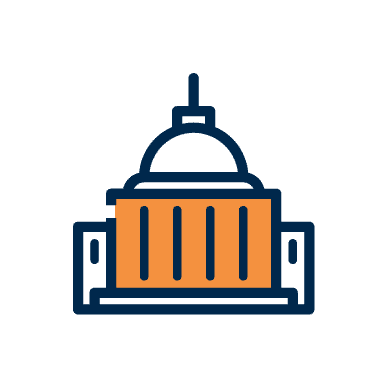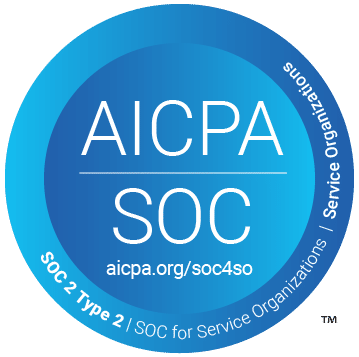Hospitals and other health care providers typically rely on referrals from community providers as a major source of patients and revenue. The federal Stark and Anti-Kickback laws strictly regulate provider and facility arrangements related to referrals and kickbacks to maintain integrity and prevent inappropriate financial relationships from negatively impacting the provision of health care. There has been a relaxation of some Stark and Anti-Kickback restrictions during the COVID-19 pandemic but these temporary changes will likely expire once the public health emergency (PHE) is over, absent legislative action.
Another layer of analysis must take place when a referring provider is excluded from receiving federal health care related payments from a federally funded healthcare program. Federal healthcare OIG exclusion laws prohibit providers from billing for services ordered by or contracting with persons or entities excluded from participating in Medicare, Medicaid or other federal health care programs. Even in the midst of the pandemic when physicians were critically needed, physician exclusion standards have not been modified. Violations may result in significant penalties, including repayment of improperly received funds. Thus, even referrals from an excluded provider should be examined with caution and many providers avoid doing so altogether.
The question that each recipient of a physician referral must understand and address in a compliant manner is what and how should a health care entity receiving the referral from the excluded provider manage such a referral.
According to the OIG Special Advisory Bulletin on the Effect of Exclusions, “covered items or services furnished by a non-excluded provider to a Federal health care program beneficiary are payable, even when an excluded provider referred the patient.” See Advisory Bulletin, page 6, footnote 8. An excluded provider may refer a patient to a non-excluded provider as long as the excluded provider does not furnish, order, or prescribe any services for the referred patient, and the non-excluded provider treats the patient and independently bills Federal health care programs for the items or services that he or she provides. On the other hand, items or services furnished at the medical direction or on the prescription of the excluded provider, are not payable when the entity furnishing the services either knows or should know of the OIG exclusion.
Imagine a hypothetical scenario where a community-based physician who rents an office near your hospital is arrested for health care fraud or a violation of the Controlled Substances Act. Your facility hears about the arrest on the news and a search of the physician on current OIG LEIE exclusion list reveals that he/she is already excluded by the state Medicaid agency in your jurisdiction. Next, your compliance officer advises that all referrals from said physician should be reviewed.
Based upon the above guidance, let’s review some relevant hypothetical referral scenarios using the guidance in the above Advisory Bulletin to determine whether those relationships or referrals warrant self-disclosure and refunding relevant federally funded health care program.
>This provider wrote 143 prescriptions that were filled at hospital’s outpatient pharmacy and hospital billed each patient’s insurance:
Disclose and Refund. As noted above, if the excluded provider “prescribes any services” these may not be billed to a federal health care program.> This provider ordered lab tests for 37 patients related to his/her outpatient clinic care. Hospital performed the labs, billed each patient’s insurance and sent the results to the excluded provider:
Disclose and Refund. As noted above, if the excluded provider “orders” lab work associated with care he/she provides, the associated lab work, done to facilitate the care being provided by the excluded provider may not be billed to a federal health care program.> This provider referred 17 OB/GYN patients to the Hospital affiliated outpatient clinic’s OB/GYN team for pregnancy monitoring, delivery and subsequent hospital birth. The referring provider had no further involvement in the care or services provided to these patients:
OK. As noted above, an excluded provider may refer a patient to a non-excluded provider as long as the excluded provider does not furnish, order, or prescribe any services for the referred patient, and the non-excluded provider treats the patient and independently bills Federal health care programs.> This provider referred 82 patients to Hospital for Radiology services. Hospital’s affiliated outpatient radiology clinic provided X-ray, magnetic resonance imaging (MRI) services, computed tomography (CT) scans, and ultrasound services, Hospital billed their insurance, then sent the patient back to the provider for clinical review and determination of medically necessary next steps:
Disclose and Refund. As noted above, if the excluded provider “orders” radiology work associated with care he/she provides, the associated radiology work, done to facilitate the care being provided by the excluded provider may not be billed to a federal health care program.> This provider referred 11 patients to the Hospital affiliated outpatient clinic’s oncology group for cancer screening. Six patients needed subsequent oncology care in the form of chemotherapy and/or radiation therapy and three required extensive inpatient stays. The referring provider had no further involvement in the cancer care or services provided to these patients:
OK. As noted above, an excluded provider may refer a patient to a non-excluded provider as long as the excluded provider does not furnish, order, or prescribe any services for the referred patient, and the non-excluded provider treats the patient and independently bills Federal health care programs.
CONCLUSION
As the above analysis reveals, each referral scenario involving an excluded provider must be reviewed against the government standards and carefully analyzed. While some referrals involve obligations to disclose and refund, others do not. It is important not to risk fines by accepting and not appropriately refunding when receiving referrals for services involving care provided by the excluded provider. On the other hand, referrals where care did not involve the excluded provider need not be refunded. As such, it is important to analyze the facts associated with each referral type to determine whether the referral was appropriate. This process should involve collaboration and coordination with your compliance, finance and audit teams to ensure consistent, compliant and appropriate responsive action.




































